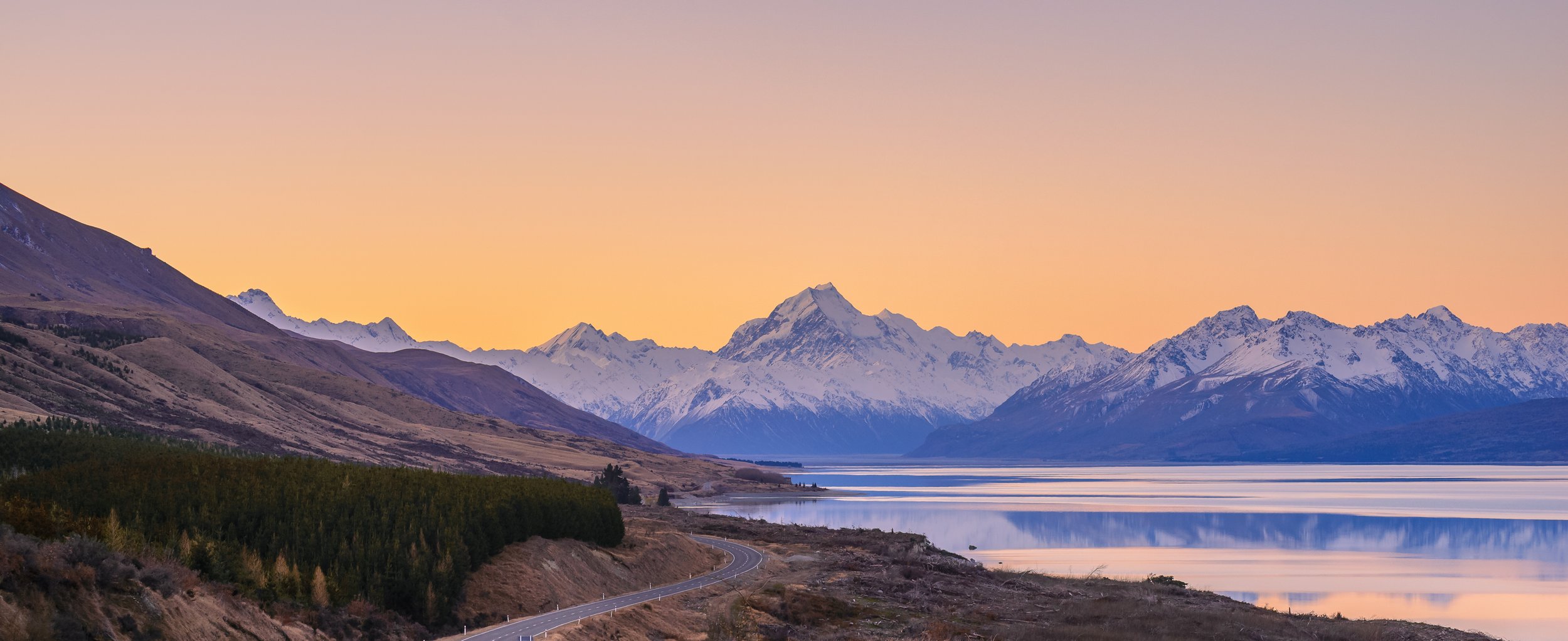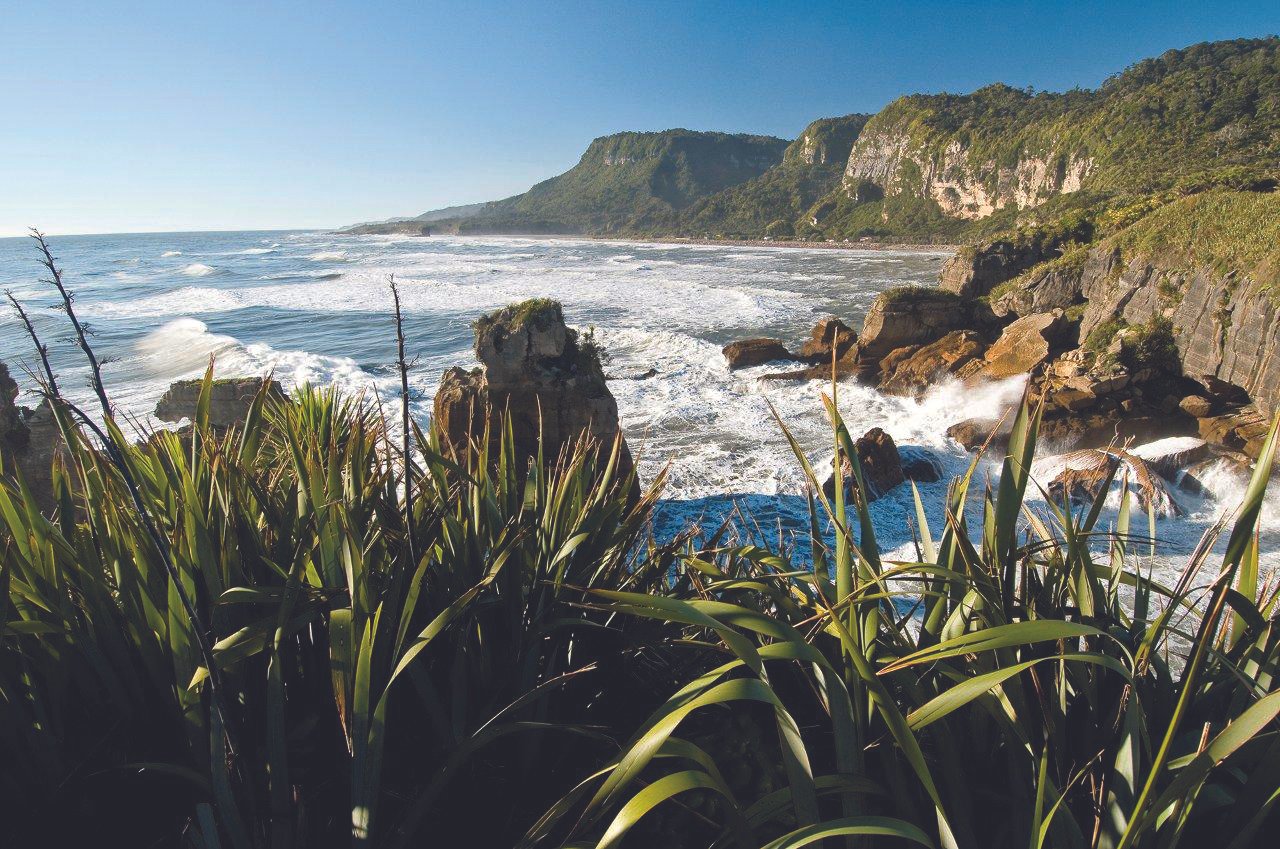
Franz Josef Glacier: Experience New Zealand’s Icy Wonder
Within the stunning Westland Tai Poutini National Park
Franz Josef Glacier is a natural gem located on New Zealand’s South Island, nestled within the stunning Westland Tai Poutini National Park. This glacier is renowned for its breathtaking beauty, rugged terrain, and rare proximity to both the coast and temperate rainforest. Franz Josef offers a unique blend of adventure and natural beauty, making it a must-visit destination for travellers on a self-drive tour of New Zealand.
Activities and Adventures at Franz Josef Glacier
Franz Josef Glacier is the perfect playground for adventurers seeking thrills and natural beauty. Whether you're into hiking, helicopter tours, or simply taking in the breathtaking sights, there are activities for every traveller.
Guided Glacier Hikes
Hike across the glacier’s icy terrain with the help of experienced guides. Feel the crunch of ice beneath your feet as you discover crevasses, ice caves, and panoramic views of the glacier. For those seeking a more immersive experience, heli-hikes allow visitors to reach more remote areas of the glacier via helicopter before beginning their hike.
Helicopter Tours
One of the best ways to experience Franz Josef Glacier is by helicopter, which offers unparalleled views of the glacier’s massive scale and surrounding landscapes. Fly over rugged mountains, temperate rainforest, and icy formations before landing on the glacier itself for a guided tour.
Glacier Hot Pools - Relax After a Day of Adventure
After a day of adventure, unwind at the Glacier Hot Pools, nestled in the lush rainforest. Soak in one of the natural hot pools, rejuvenating your body while surrounded by the tranquillity of the wilderness.
Self-Drive Tours Featuring Milford Sound
Consider including Franz Josef Glacier in your itinerary by booking one of these top-rated tours:
12 Day Ultimate Southern Adventure
Experience the best of New Zealand’s South Island, including Milford Sound’s iconic scenery, boat cruises, and wildlife encounters.
30 Day Ultimate New Zealand Road Trip
This adventure combines Wanaka’s outdoor activities with glacier hiking, cultural experiences, and stunning landscapes across both islands.
11 Day Scenic South Island
This scenic journey includes a visit to Milford Sound, where you’ll marvel at towering cliffs and cascading waterfalls.
Best Time to Visit Milford Sound
Seasonal Highlights
The best time to visit Franz Josef Glacier depends on the experiences you’re seeking.
Summer (December to February): Warm temperatures make for ideal conditions for glacier walks, hiking, and helicopter tours. Summer months see longer daylight hours, perfect for outdoor adventures.
Winter (June to August): Winter brings stunning ice formations, and the cooler climate creates an incredibly scenic backdrop. This is the perfect time for visitors who prefer fewer crowds and love colder weather.
Weather Considerations
Due to its temperate rainforest setting, Franz Josef experiences high rainfall year-round. Be prepared for changing weather conditions, even in summer. It’s recommended to pack waterproof clothing and sturdy footwear.
Why Franz Josef Glacier Should Be on Your New Zealand Itinerary
Franz Josef Glacier offers visitors an unparalleled combination of thrilling adventure and breathtaking beauty. Whether you’re hiking across its icy surface, soaring above the glacier in a helicopter, or soaking in nearby hot pools, a visit to Franz Josef Glacier is an unforgettable experience that should be on any South Island self-drive itinerary.
Franz Josef Facts - Did You Know?
Unique Formation: Franz Josef Glacier is the steepest glacier in New Zealand, with a gradient of around 20-30 degrees. This means that it moves faster than most other glaciers, at a rate of around 50 centimetres per day.
Unique Colour: The glacier has a unique blue colour that comes from the way ice reflects and absorbs light. The ice at Franz Josef Glacier is particularly dense and has few air bubbles, which makes it appear blue when light shines through it.
Named after Austrian Emperor: The glacier is named after Emperor Franz Josef I of Austria. It was named in honour of the emperor in 1865 by Julius von Haast, a German geologist who was exploring the area at the time.
Accessible: It’s one of the few glaciers in the world that descends into a temperate rainforest.
Adventure Awaits: Along with guided tours, there are numerous short walks and hikes in the area that provide amazing views of the glacier and surrounding region.






